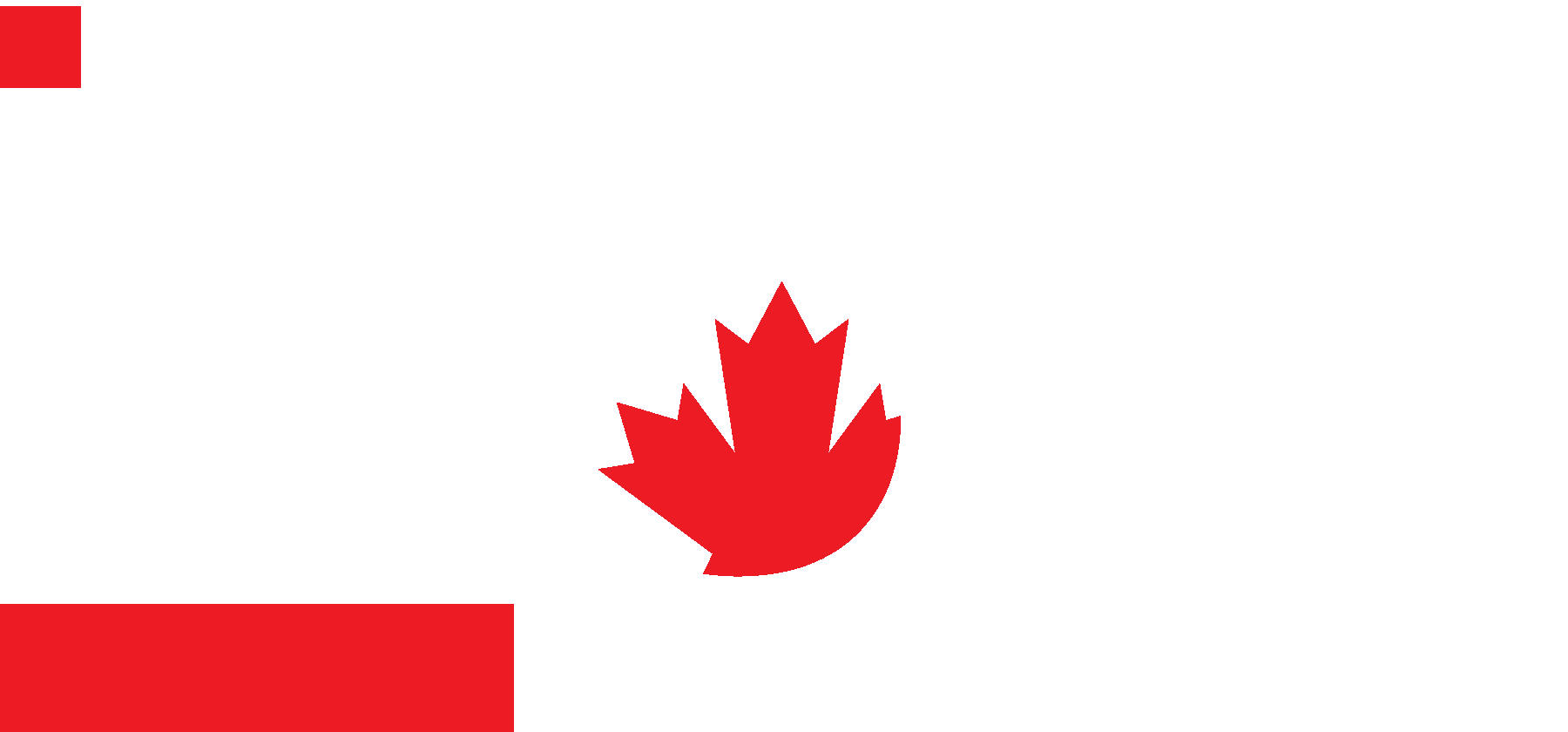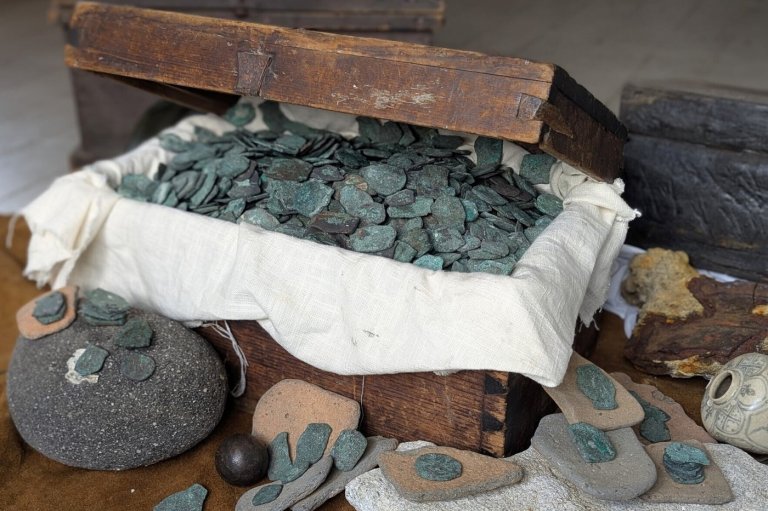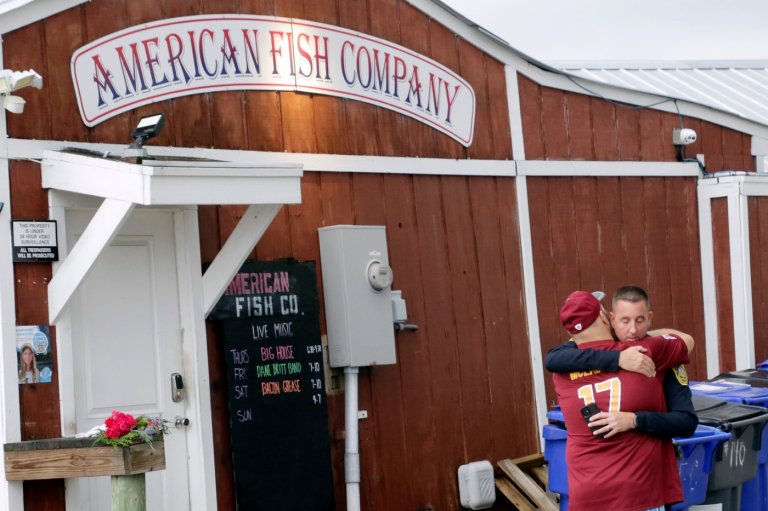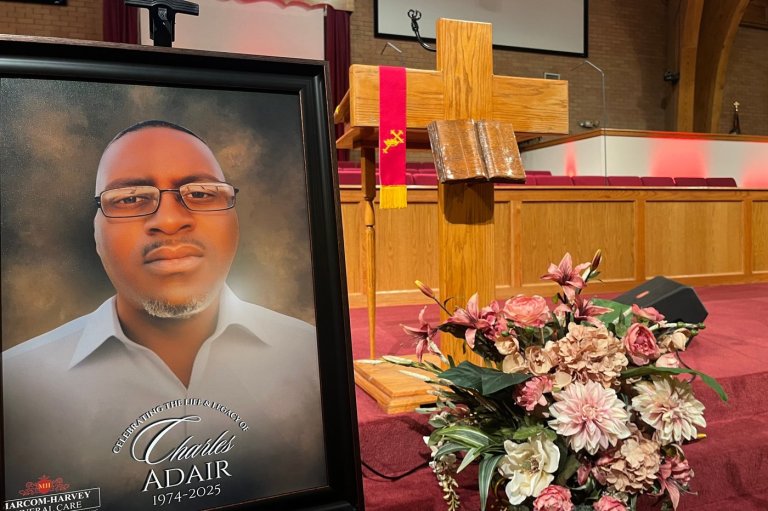NASA evacuates its side of space station, but finds no toxic leak despite alarms sounding
CAPE CANAVERAL, Fla. – In a rare scare, astronauts fled the American side of the International Space Station on Wednesday after an alarm indicated a possible toxic leak. NASA later said there was no leak of ammonia coolant and a computer problem likely set off the false alarm.
By Wednesday afternoon, the astronauts were back in the U.S. part of the orbiting outpost. Earlier, the six crew members had huddled safely on the Russian side — once when the alarm sounded and again following an initial all-clear.
“Hey everybody, thanks for your concern,” Italian astronaut Samantha Cristoforetti said via Twitter. “We’re all safe & doing well in the Russian segment.”
The “unscheduled excitement,” as NASA called it, occurred around 4 a.m. EST, well into the station crew’s workday.
As alarms blared, the astronauts followed emergency procedures in slapping on oxygen masks, taking cover in the Russian quarters, then sealing the hatches between the U.S. and Russian sides. At the same time, flight controllers at NASA’s Johnson Space Center in Houston turned off non-essential equipment.
Within minutes, Mission Control gave an all-clear, but sent the astronauts scurrying back over to the Russian side again when there was more evidence of a possible leak of the coolant.
The highly toxic liquid ammonia, flowing outside the space station, is used to cool electronics. Flight controllers originally feared it had gotten into the water system running inside. Now, it’s believed that a failed card in a computer-relay box was the culprit.
The crew — three Russians, two Americans and the Italian Cristoforetti — stayed in the three, relatively small Russian compartments while Mission Control analyzed data. Engineers wanted to understand the computer failure and confirm “that the system is tight like we believe it to be,” space station program manager Mike Suffredini said on NASA TV.
About 11 hours after the ammonia system-alarm sounded, the hatch to the U.S. segment was reopened. Cristoforetti and U.S. astronaut Terry Virts ran tests and no ammonia was detected.
When the alarm went off, the crew had been dealing with supplies and experiments from the newly arrived SpaceX capsule — including fruit flies. None of the research appears to be jeopardized, Suffredini said.
Russian space officials at first reported an actual leak, then backed off that statement.
The 260-mile-high complex has never had to be abandoned during its 14-year-plus occupation by astronauts. On occasion, crews have had to seek shelter in their Soyuz capsule “lifeboats” because of close shaves with orbiting junk, in case a quick getaway was needed. This time, the astronauts went into one of the three Russian modules as trained for an emergency, but not the two docked Soyuz capsules.
Besides Cristoforetti and Virts, the crew includes Commander Butch Wilmore, an American, and Russians Elena Serova, Alexander Samokutyaev and Anton Shkaplerov.
___
AP writers Vladimir Isachenkov in Moscow and Seth Borenstein in Washington contributed to this report.
___
Online:
NASA: http://www.nasa.gov/mission_pages/station/main/index.html
Join the Conversation!
Want to share your thoughts, add context, or connect with others in your community?
You must be logged in to post a comment.

















